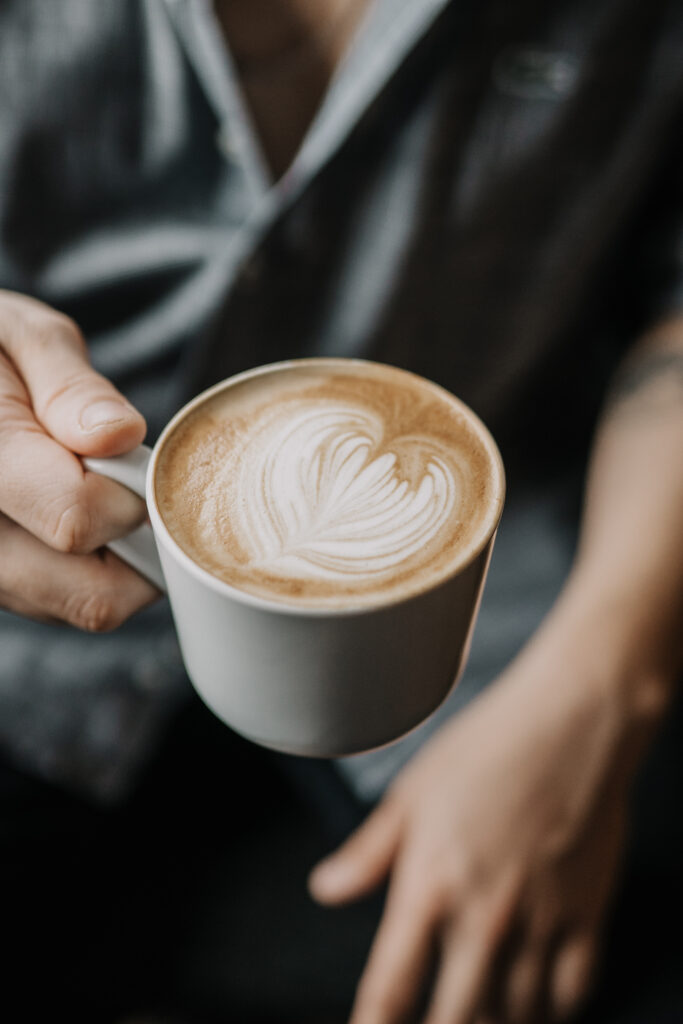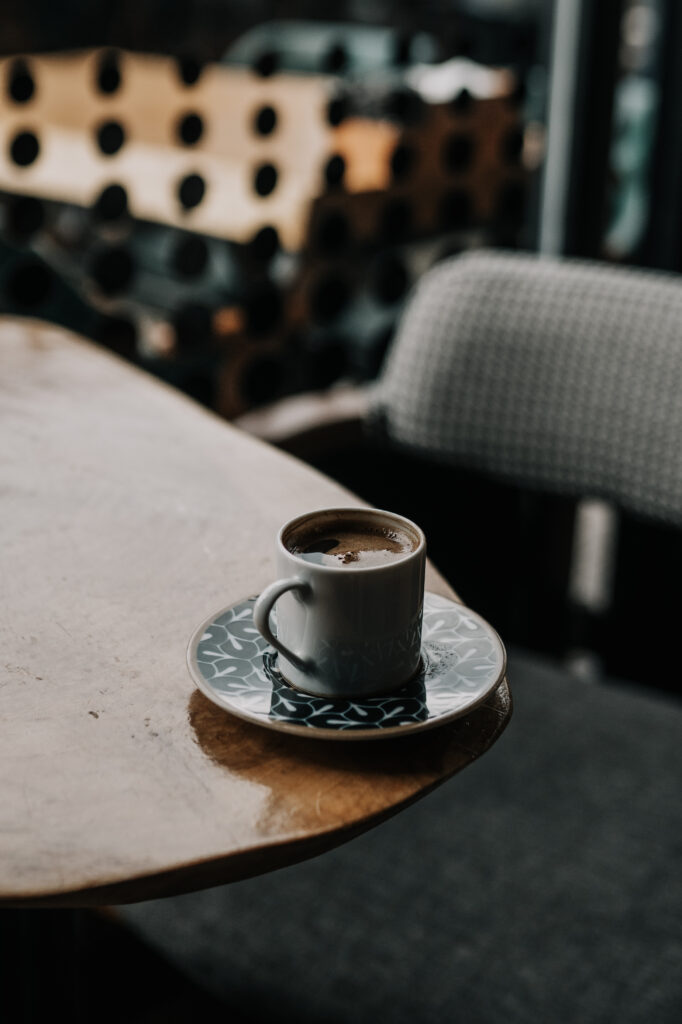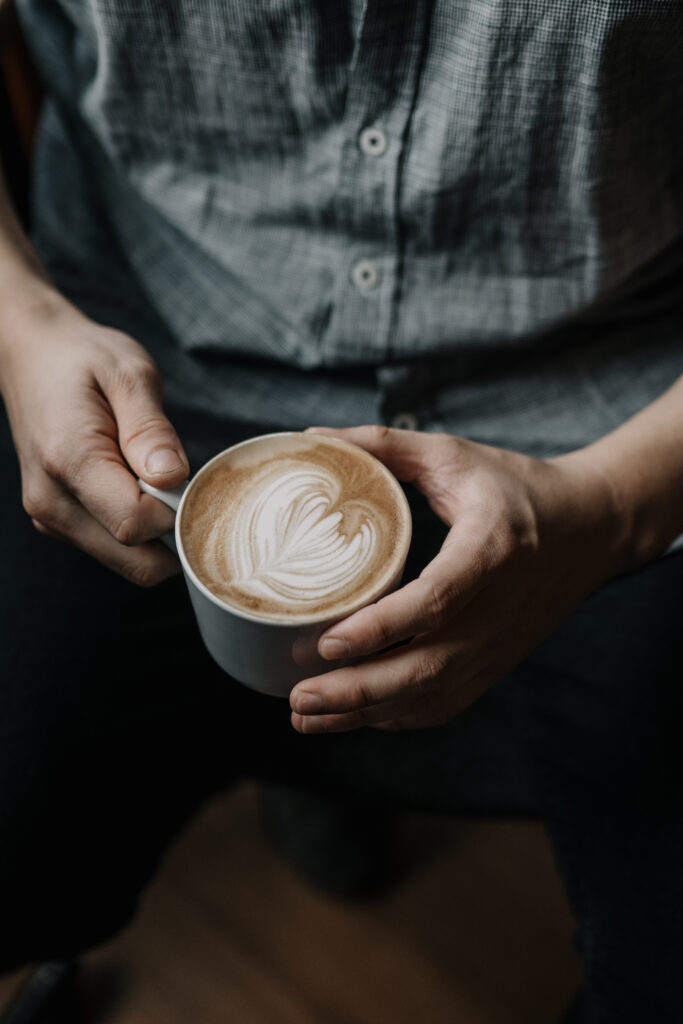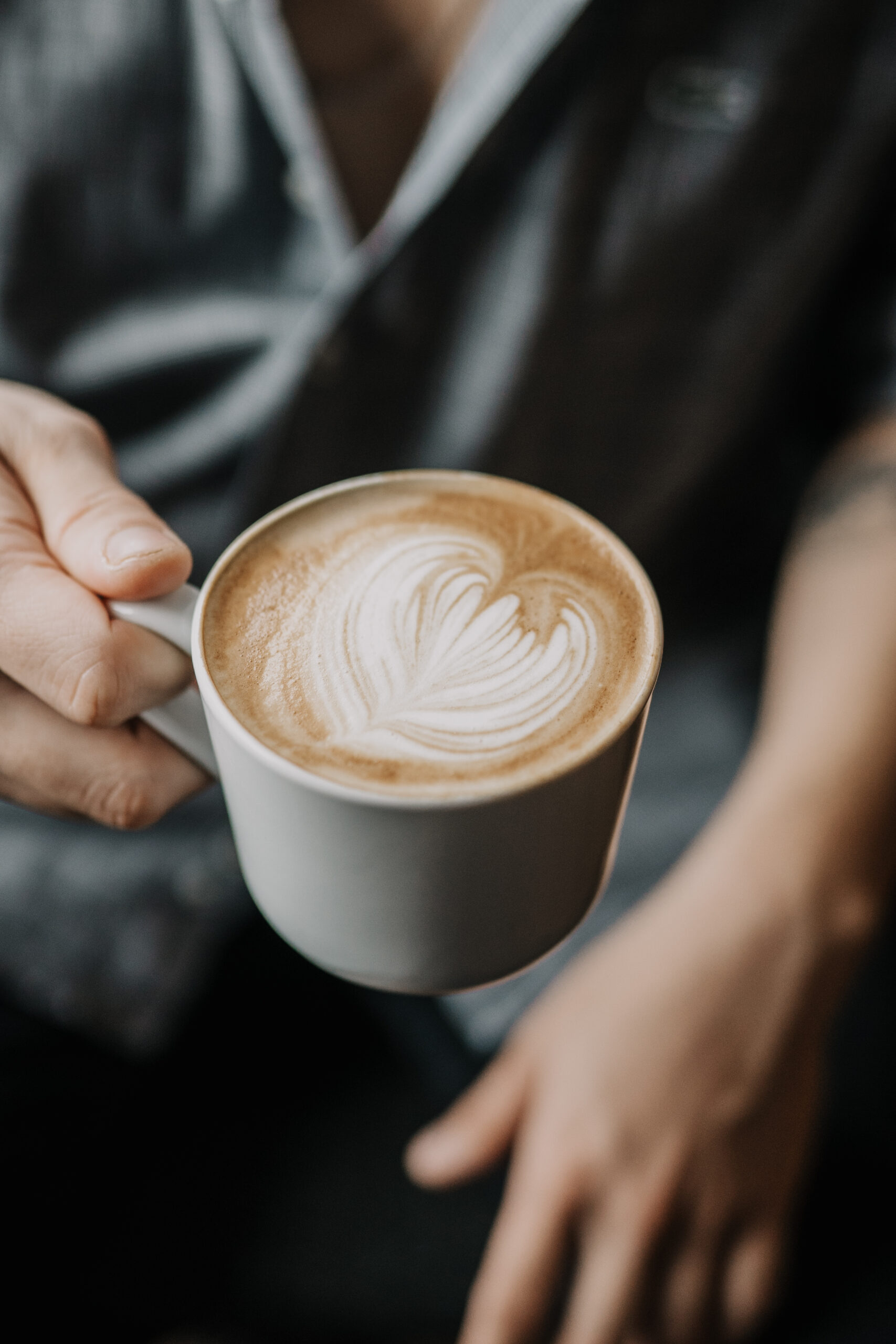At HopaCoffee.com, we believe that brewing the perfect cup of coffee is truly an art form. It’s not just about pouring hot water over coffee grounds and calling it a day. It’s about understanding the nuances of coffee flavors, experimenting with different brewing methods, and finding the precise balance between strength and smoothness. In this article, we’ll guide you through the essential steps to help you master the art of brewing the perfect cup of coffee, ensuring that every sip is a delightful experience that starts your day off on the right note. So grab your favorite mug, sit back, and let’s embark on a flavorful journey together.

Choosing the Right Beans
When it comes to brewing the perfect cup of coffee, choosing the right beans is essential. The flavor, aroma, and overall quality of your coffee can all be influenced by the type of beans you select. There are a wide variety of coffee beans available, each with its own distinct characteristics. Whether you prefer a bold and robust flavor or a smooth and mellow taste, there is a bean out there that will satisfy your palate. Take the time to explore different origins, blends, and roast levels to find the perfect beans for you.
Roasting the Beans
Once you have selected your beans, the next step is to roast them to perfection. The roasting process is what transforms the raw, green coffee beans into the aromatic and flavorful beans that we all know and love. There are several factors to consider when roasting your beans, including determining the roast level and choosing the right roasting method.
Determining the Roast Level
The roast level of your coffee beans can greatly affect the taste and aroma of your final cup of coffee. From light to dark, each roast level brings out different flavors and characteristics in the beans. Light roasts tend to have a more acidic and bright flavor, while dark roasts are bolder and more full-bodied. Medium roasts strike a balance between the two, offering a well-rounded flavor profile. Consider your personal preferences and experiment with different roast levels to find your perfect cup.
Roasting Methods
There are several ways to roast your coffee beans, each with its own unique advantages and challenges. Whether you choose to roast your beans at home or rely on a professional roaster, the method you select can impact the flavor and quality of your coffee. Some popular roasting methods include air roasting, drum roasting, and stove-top roasting. Each method requires careful monitoring of temperature and time to achieve the desired roast level. Experiment with different methods to find the one that yields the best results for you.

Grinding the Beans
Once your beans are roasted, it’s time to grind them to the perfect consistency. Grinding your coffee beans just before brewing is crucial for achieving the best possible flavor in your cup of coffee. The process of grinding exposes the oils and flavors locked inside the beans, allowing them to be extracted more easily during brewing.
The Importance of Freshly Ground Coffee
Freshly ground coffee is key to a flavorful and aromatic cup of coffee. When coffee beans are ground, they begin to oxidize and lose their freshness. By grinding your beans just before brewing, you ensure that you are capturing the full flavor potential of the coffee. The aroma and taste of freshly ground coffee are far superior to pre-ground coffee, which has lost much of its flavor due to exposure to air and light.
Choosing the Right Grinder
Choosing the right grinder is essential for achieving a consistent grind size and maximizing the flavor extraction from your coffee beans. There are two main types of coffee grinders: blade grinders and burr grinders. Blade grinders chop the beans into small pieces, resulting in an uneven grind. Burr grinders, on the other hand, crush the beans between two abrasive surfaces, resulting in a more consistent grind size. Burr grinders are generally considered superior in terms of grind quality and are recommended for those seeking the best possible flavor in their coffee.
Measuring the Coffee
Getting the coffee-to-water ratio right is crucial for brewing a perfect cup of coffee. The amount of coffee you use relative to the amount of water can greatly impact the strength and flavor of your brew.
The Coffee to Water Ratio
The coffee to water ratio refers to the amount of coffee grounds used per unit of water. The ideal ratio can vary depending on personal preference, brewing method, and the intensity of flavor you desire. As a general rule, a ratio of 1:16 is a good starting point, meaning one part coffee to 16 parts water. However, feel free to experiment and adjust the ratio to suit your taste.
Using a Scale vs. Measuring Spoons
When measuring your coffee, you have the option of using a scale or measuring spoons. While measuring spoons can be a convenient option, using a scale provides greater precision and consistency. A digital scale allows you to measure your coffee by weight, ensuring that you are using the correct amount each time. This level of accuracy can make a noticeable difference in the flavor and strength of your coffee.

Water Temperature
The temperature of the water you use for brewing can significantly impact the extraction of flavors from the coffee grounds. Water that is too hot can result in over-extracted, bitter coffee, while water that is too cold can lead to under-extraction and a weak or flat-tasting brew.
It is generally recommended to use water between 195°F (90°C) and 205°F (96°C) for brewing coffee. This temperature range allows for optimal extraction of flavors without scalding the coffee. Investing in a good quality kettle with temperature control can help ensure that you consistently brew your coffee at the right temperature.
Water Quality
The quality of the water you use is just as important as the coffee itself. The taste of your coffee can be greatly affected by the mineral content and chemical composition of the water. Tap water that has a high mineral content or strong chlorine taste can negatively impact the flavor of your brew.
If your tap water has noticeable impurities or a strong taste, consider using filtered or bottled water for brewing your coffee. This can help eliminate any unwanted flavors and ensure that you are starting with the best possible water for your brew.
Brewing Methods
There are various brewing methods available, each offering a unique way to extract the flavors from your coffee grounds. From drip coffee makers to espresso machines, the brewing method you choose can greatly impact the taste and strength of your coffee.
Drip Coffee Maker
Drip coffee makers are a popular choice for their convenience and consistency. They work by pouring hot water over a bed of coffee grounds, allowing the water to pass through a filter and into a pot or carafe. Drip coffee makers are often programmable, allowing you to set a specific brewing time and prewet the grounds for optimal extraction.
French Press
The French press, also known as a plunger pot, offers a full-bodied and flavorful cup of coffee. It consists of a cylindrical glass or stainless steel container with a plunger and mesh filter. Coarsely ground coffee is steeped in hot water for several minutes, allowing the flavors to fully develop before pressing down the plunger to separate the brewed coffee from the grounds.
Pour-Over
Pour-over brewing is a more manual and precise method that allows for maximum control over the brewing process. It involves slowly pouring hot water over a bed of coffee grounds in a dripper or cone-shaped device. The water filters through the grounds and into a cup or carafe below. This method allows for a clean and nuanced cup of coffee, highlighting the unique flavors of the beans.
Espresso Machine
Espresso machines are the go-to choice for those who enjoy a strong, concentrated shot of coffee. These machines force hot water through finely ground coffee under high pressure, resulting in a small but intense serving of espresso. Espresso machines also have the ability to steam and froth milk, allowing you to create various specialty coffee drinks.
Brewing Time
The brewing time can greatly affect the taste and strength of your coffee. Different brewing methods require different amounts of time to extract the desired flavors from the coffee grounds. It is important to follow the recommended brewing time for your chosen method to achieve optimal results.
For example, drip coffee makers generally take around 5-6 minutes to brew a pot, while a French press requires steeping for 4-5 minutes. It is worth experimenting with different brewing times to find the sweet spot that produces the perfect balance of flavors for your taste.
Blooming the Coffee
Blooming is a crucial step in the brewing process that involves pre-wetting the coffee grounds to release trapped carbon dioxide. This gas is a natural byproduct of the roasting process and can negatively impact the flavor and aroma of your coffee if not properly released.
To bloom your coffee, simply pour a small amount of hot water over the grounds and let them sit for about 30 seconds. This allows the gas to escape, resulting in a more balanced and flavorful cup of coffee. After the blooming stage, continue with your chosen brewing method to complete the extraction.
Enjoying Your Perfect Cup
After all the careful preparation and brewing, it’s time to sit back and enjoy your perfect cup of coffee. Take a moment to savor the aroma and appreciate the flavors that you have meticulously crafted. The journey from selecting the right beans to brewing with precision has culminated in this moment of pure coffee bliss. Whether you prefer to enjoy your coffee alone or share it with friends and loved ones, the art of brewing the perfect cup of coffee is a testament to the passion and dedication of coffee lovers everywhere. Cheers to many more delightful cups to come!

